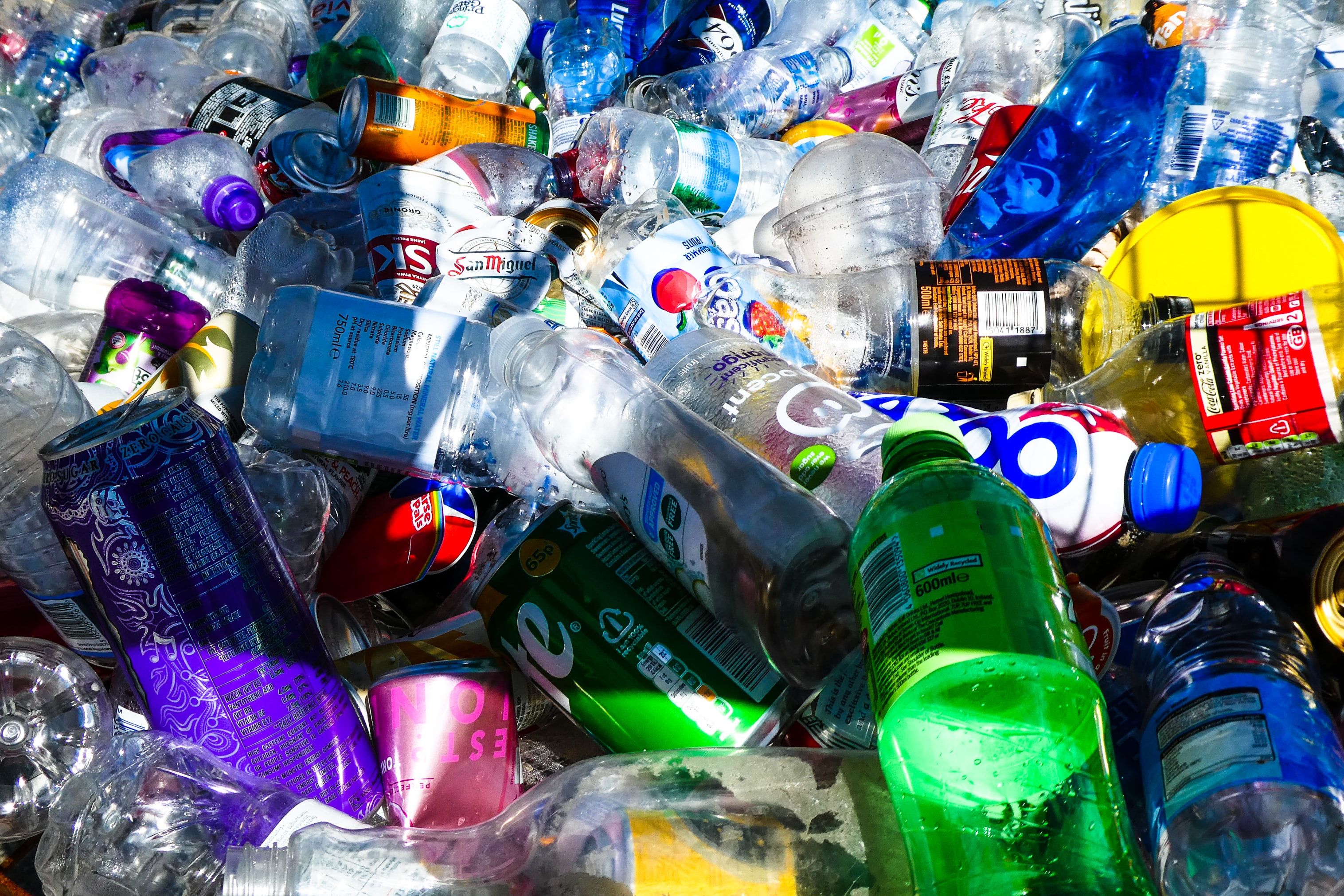An advance of a report elaborated by the OCDE that will publish to finals of year, shows his worry by the generation of the plastic waste in a future. In the Global Plastics Outlook: Policy Scenarios to 2060, foresees that for 2060 these arrive to triple in consequence of the demographic growth, economic, and by the arrival of the emergent economies of some points of south America, Africa Subsaharian and Asia.
Although in all the sectors exists (apparently) an effort to use material recycled and leave to a side the plastics of an alone use, the true, is that in 2060, according to the estimates presented in this report is that the plastics recycled so only will represent 12% of the total used. Although the aim is to reach the low levels of production of this material produced in 2020 when it began the pandemic, the predictions indicate the contrary: the manufacture and utilisation of this material in 2060 will be six greater times that in the year 2019. Still like this, it foresees that the proportion of secondary plastics, considered a key indicator of the circularity, that duplicate of 6% to 12% between 2019 and 2060 and the OCDE proposes two ways to promote the use of them: boosting the recycling of the plastics of an alone use for a back production and increasing the costs of production for the plastics that only have an useful life.
In what will employ the plastic?
Basically we do not find big differences with the actuality, and is that according to the report elaborated by the OCDE, affirms that the use of the plastics will increase in all the sectors, but foresees that the strongest growth occur in the transport, the construction and the packaging, that in group represent 60% of the total use of plastics.
The PVC, that uses for the construction, and the PP, that uses for the packagings, will be the derivatives of the plastic that more will use in the 2060, according to the OCDE. With the appearance of the emergent economies that have appointed previously will increase the presence of the sector service in these new economies and that go strictly related with an increase in the use of destined plastics to containers and products of consumption. The utilisation of this material also will grow, although in lower measure, in the textile sector, in industrial applications and also in machinery.
For 2060, one of the projections that shares the OCDE in his report, is that there will be a substantial increase in the use of polymers that allocates to the packaging. Specifically, the polyethylene of low density (LDPE, included the linear polyethylene of low density or LLDPE) used in the containers, will triple in comparison to the 2019, as also they will do it the fibres that use for the textile fabric.
As it will consume more plastic, his wastes also increased in almost all the sectors in which they use , but to a different rhythm. It estimates that the wastes of plastic products of short life, like containers, packages, products of consumption and textile, increase substantially, but his contribution in the total wastes will diminish mildly, of the 63 % in 2019 to the 59 % in 2060.
With the aim to brake and reduce the impact that can have the plastic waste in the 2060, the OCDE in this brief report, presents some keys in which the pertaining countries work and adhere of individual way and also global: the package of measures included in 'Global Action' (have like aim restrict the demand and the production of plastic, improve the recycling and close the roads of escape. This package guarantees that the economic growth can continue without increasing the escape of plastic to the environment) and 'Global Ambition' (the global implementation of ambitious circular politics to brake the escapes of plastic can reduce the bad wastes managed to almost zero for 2060 to an annual cost of less than 1% of the world-wide GDP). Another of the actions that stir in the document is the creation of fiscal politics composed by taxes for the plastics of an alone use. All these measures will know them with greater detail to final of year when it publish the complete report.
